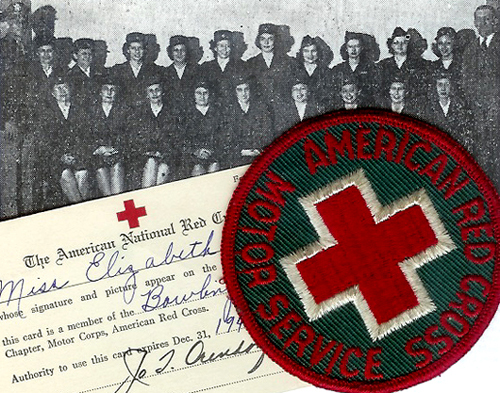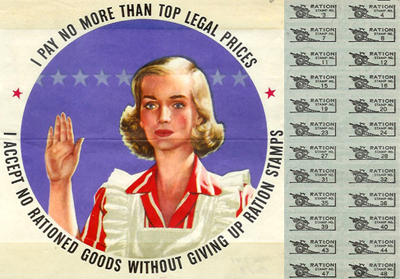January 8, 1962 saw the unveiling, for the first time in the United States, of Leonardo da Vinci’s masterpiece La Gioconda — or, as it was probably better known to an advance audience of dignitaries at Washington’s National Gallery of Art, the Mona Lisa.
The painting was on loan from the Louvre, but half a century earlier a petty thief named Vincenzo Peruggia had attempted to borrow it permanently. On August 21, 1911, he hid in the Louvre until it closed for the night, then removed the Mona Lisa from its frame. The next morning, he sauntered out of the museum with the treasure concealed in a smock. By the time it was recovered more than two years later, the Mona Lisa had entered the public imagination as the world’s most famous, and now closely guarded, work of art.
Traveling in Europe at the time, an aunt of Bowling Green’s Elizabeth Robertson Coombs had a unique experience of the theft. She had spent the summer in England, touring the countryside and enjoying London — “of course it isn’t New York,” she wrote, referring to Elizabeth’s home at the time, “but it is very nice.” After a tour of France’s chateau district, she went on to Paris for a month, where she shopped for her winter wardrobe, wandered through Montmartre, and visited the Moulin Rouge (which fell short of a promise that it was “eminently respectable”). And yes, she reported, “we saw Mona Lisa before stealing — and the hooks where she had hung — after.” But one can imagine Elizabeth’s aunt smiling as serenely as La Gioconda when she dropped this bomb on her 18-year-old niece: “By the way — I had my first aeroplane flight while we were in Paris . . . in a biplane — went around the horizon — and mounted to about the height of the Eiffel Tower . . . it was perfectly heavenly.”
Letters written to Elizabeth Robertson Coombs early in the 20th century are part of the Coombs Family Collection in the Manuscripts & Folklife Archives holdings of WKU’s Department of Library Special Collections. Click here to access a finding aid. For more collections, search TopSCHOLAR and KenCat.



